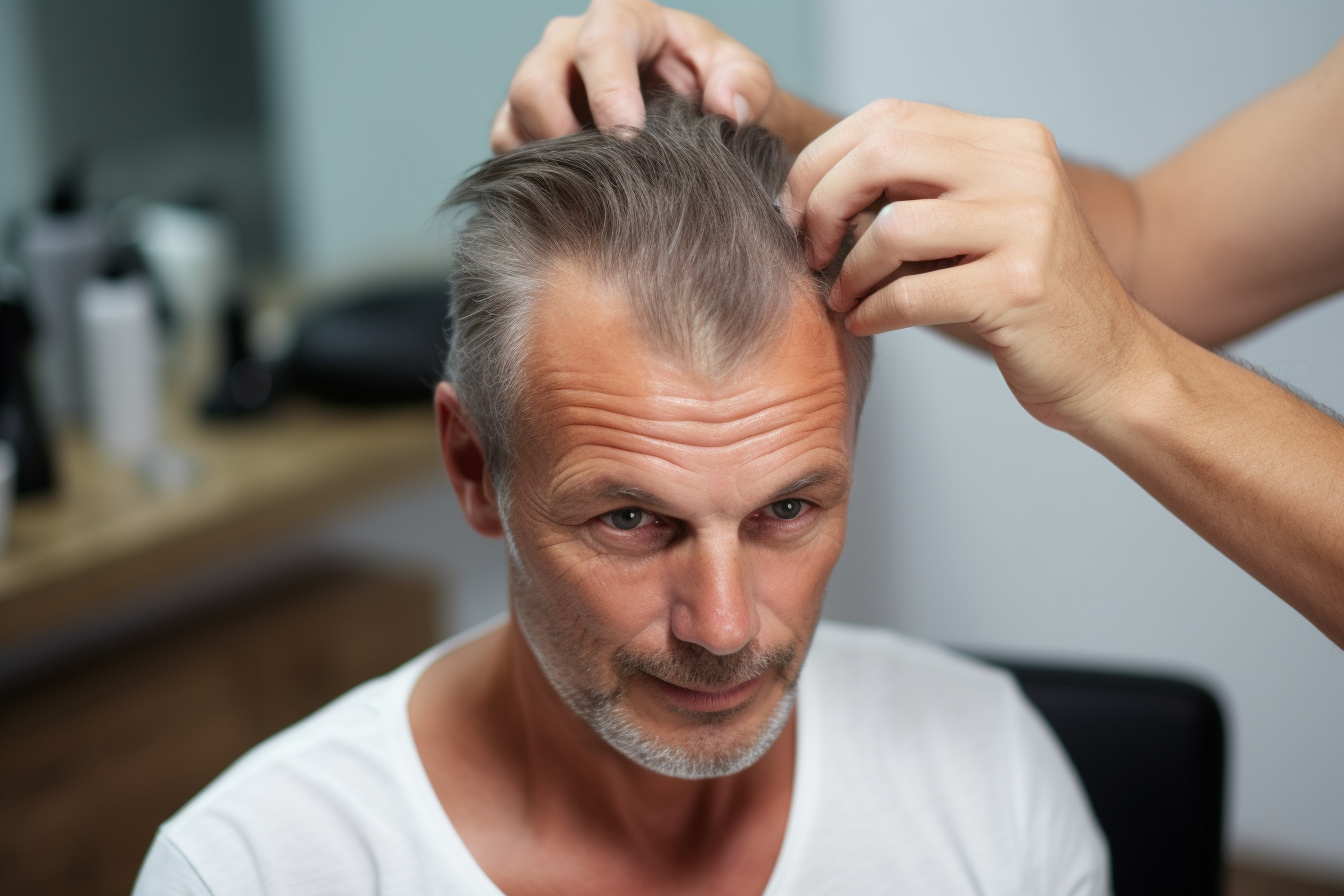Hairdresser Services for Seniors and Elderly: Practical Guide
Many seniors and elderly people benefit from hairdresser services that consider mobility, medication effects, and comfort. A salon visit can be more than a haircut: it can address thinning hair, scalp sensitivities, easy-to-manage styles, and in some cases mobile or in-home service options. This article outlines common services, practical hair care tips, and how to choose local services suited to older clients.

This article is for informational purposes only and should not be considered medical advice. Please consult a qualified healthcare professional for personalized guidance and treatment.
hairdresser: services for seniors
A hairdresser experienced with older clients often adapts both technique and communication. Typical services include shorter, low-maintenance cuts; gentle blow-drying and styling; careful coloring or gray blending with low-ammonia or semi-permanent dyes; and scalp assessments for dryness or thinning. Some salons offer senior-specific appointments with extra time, quieter areas, or staff trained to assist clients with balance or hearing difficulties. When booking, ask about appointment length and whether the stylist has experience working with age-related hair texture changes to ensure a comfortable, effective service.
senior: common hair concerns
Seniors commonly experience hair thinning, slower regrowth, increased fragility, and altered texture due to hormonal shifts and medical treatments. Medications can affect scalp oiliness or cause dryness, and conditions such as reduced circulation or immune changes can influence hair health. A hairdresser can recommend gentle styling approaches—avoiding high-heat tools and tight hairstyles—and suggest hair care routines that minimize breakage. Discussing any health or medication changes with a stylist helps them choose products and methods that respect scalp sensitivity and hair strength.
elderly: styling and mobility considerations
For elderly clients, practical styling often ranks above trends. Low-maintenance cuts that require minimal daily effort, such as pixie cuts, layered bobs, or tapered trims, can be preferable. Salons should consider mobility needs: armchairs that are easy to get in and out of, slip-resistant floors, and assistance with walking or transferring when needed. For those with limited mobility, many hairdressers or independent stylists provide in-home visits. Communicating mobility limitations when booking allows the salon to prepare appropriate seating and extra time, improving safety and dignity during the visit.
hair care: products and routines
Choosing the right hair care routine for older hair focuses on moisture, gentle cleansing, and protein balance. Shampoos formulated for dry or thinning hair, conditioners that add slip without weighing hair down, and leave-in treatments that protect against breakage are useful. Avoid harsh sulfates and high-alcohol styling products that can increase dryness. Weekly conditioning masks or lightweight oils applied to the ends can restore softness. Also consider scalp care: gentle massaging during washing can stimulate circulation, and mild, fragrance-free products reduce irritation for sensitive scalps.
salon: choosing local services for seniors
Selecting a salon in your area for senior hairdresser services means looking beyond price to accessibility and staff training. Look for salons that offer morning appointments (often quieter), ramps or step-free entry, and staff willing to accommodate hearing aids or communication preferences. Reviews or direct questions about senior services, appointment flexibility, and whether stylists have experience with age-related hair issues can inform your choice. Some community centers and care facilities partner with licensed stylists who offer on-site services, which may be a practical option for those with limited transportation.
Conclusion
Hairdresser services tailored to seniors and the elderly combine technical skill with sensitivity to physical and medical needs. Focusing on gentle techniques, practical styles, scalp-friendly products, and accessible salon environments helps maintain hair health and personal comfort. Open communication with a stylist about medical conditions, mobility, and daily routines ensures the chosen services fit individual needs and preferences.






